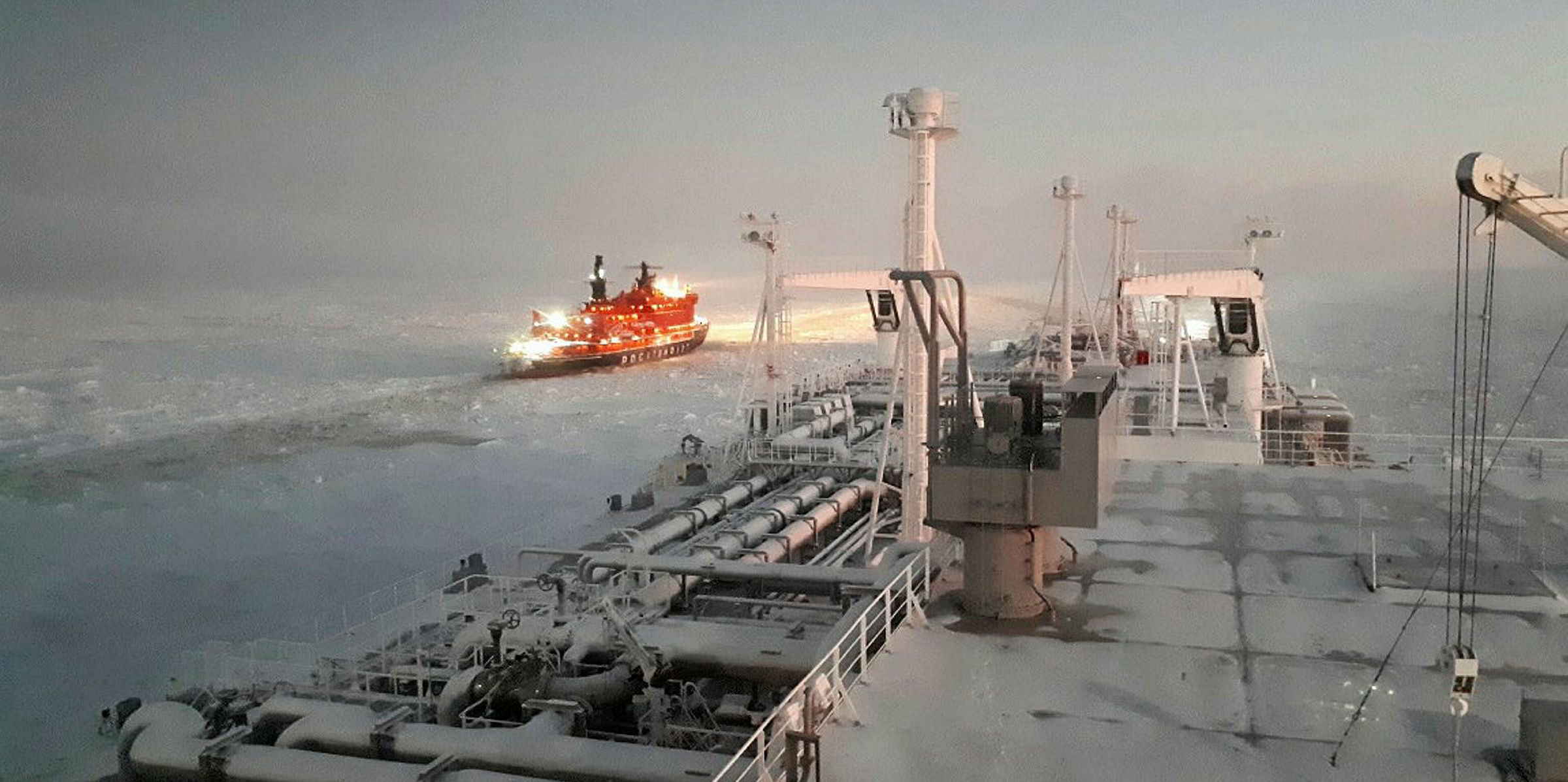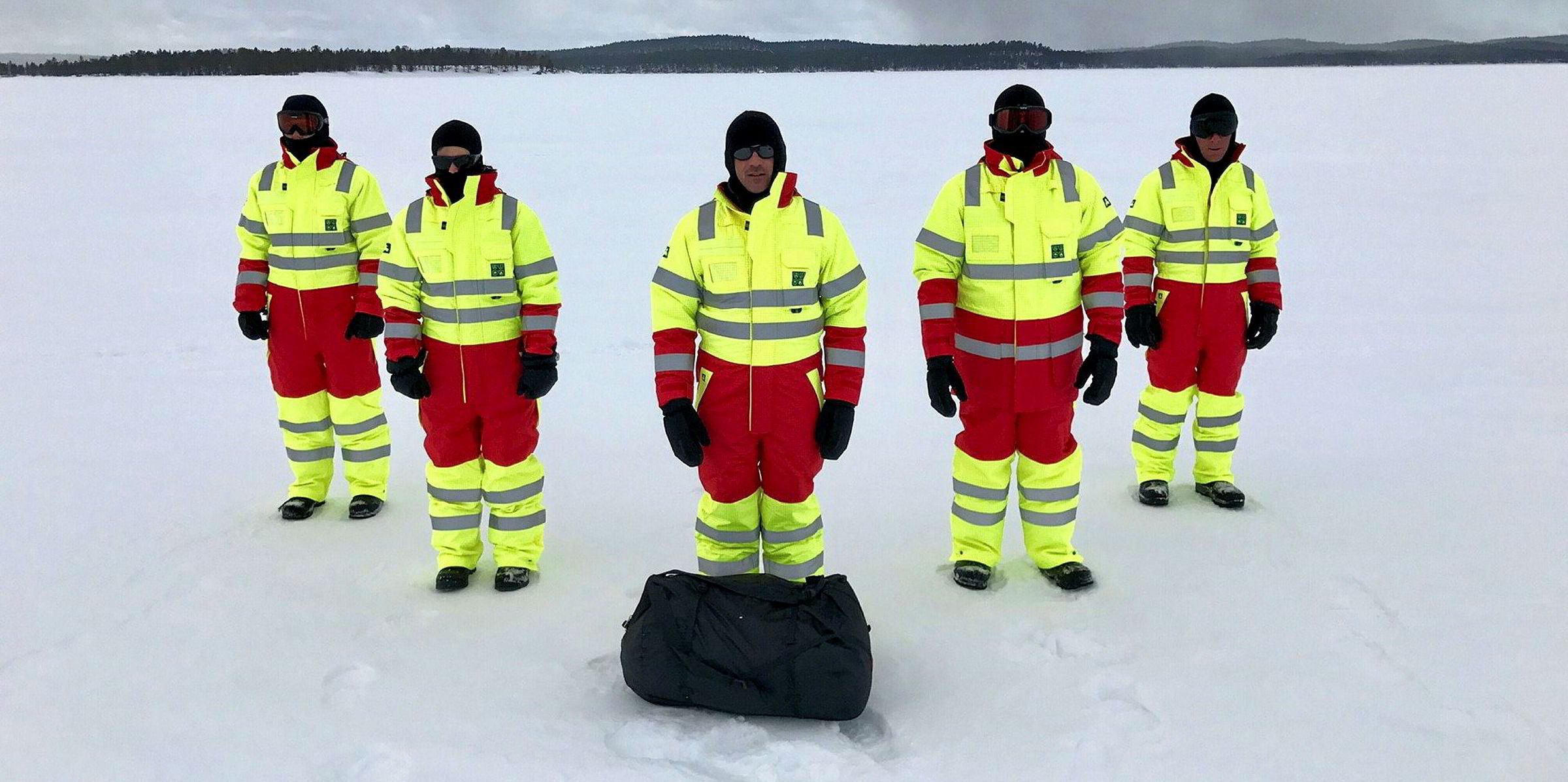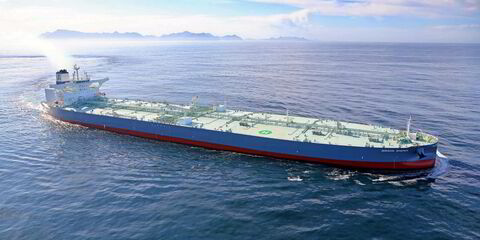Plans by the US to build its first heavy icebreaker in more than 40 years are under fire from a government watchdog.
The Coast Guard and Navy intend to invest up to $9.8bn to build and maintain three heavy polar icebreakers for missions in the Arctic and Antarctic.
But even before pen is put to paper for delivery of the first vessel in 2023, the General Accounting Office (GAO), the key federal watchdog agency, has criticised the programme on design, scheduling and cost grounds.
The project follows China launching its first domestically-built polar research vessel and icebreaker, the Xuelong 2 or Snow Dragon, which should become operational in the first half of 2019.
The Coast Guard, which has been responsible for US’s polar icebreaking missions since 1965, currently has only one heavy icebreaker — the 42-year-old Polar Star — and the medium icebreaker Healy.
Another Coast Guard heavy icebreaker, Polar Sea, has been inactive since 2010 after suffering a catastrophic engine failure.
Healy cannot reach areas with more than 1.4 metres of ice, while the Coast Guard does not plan to recommission Polar Sea on cost grounds.
The GAO says the Coast Guard has consequently faced challenges meeting the government’s icebreaking needs in recent years.
Also, the mainstay Polar Star’s service life is expected to end between 2020 and 2023. A 2020 cut-off would result in a potential three years without a US heavy polar icebreaker before the first newbuilding is delivered.
Life extension
The Coast Guard plans to extend the life of Polar Star but the GOA says the $75m cost estimate may be “unrealistic,” partly because it is based on using parts from the decommissioned Polar Sea of which numbers are limited.
The GAO contends that the Coast Guard did not have a ”sound business case” when it presented its replacement newbuilding project.
The agency says the Coast Guard established cost, schedule and performance baselines before conducting a preliminary design review.
There was insufficient knowledge of how “mature” were critical technologies, the report says. The programme also is accused of failing to assess how well key technologies will work.
“Technology risks that manifest later could require the shipbuilder to redesign parts of the ship,” claims the GAO.
The Coast Guard and Navy are criticised for not determining a realistic schedule and developing a reliable cost estimate.
Cost and length of the project could increase.
Funding needed may have been “underestimated” while ship delivery dates were “optimistic and not based on a realistic shipbuilding assessment”, the report says. And it claims the potential period that the US lacking will be lacking a heavy icebreaker could widen.
The GOA notes that congressional committees had expressed concern over the Coast Guard’s ability to ensure year-round access to the Arctic and Antarctic with the current icebreaker fleet.
This has implications for US maritime, economic and national security interests in these regions, it says.
The GOA report adds that the Coast Guard has defined a heavy polar icebreaker as able to break a minimum of six feet of ice at a continuous speed of three knots, among other things.





